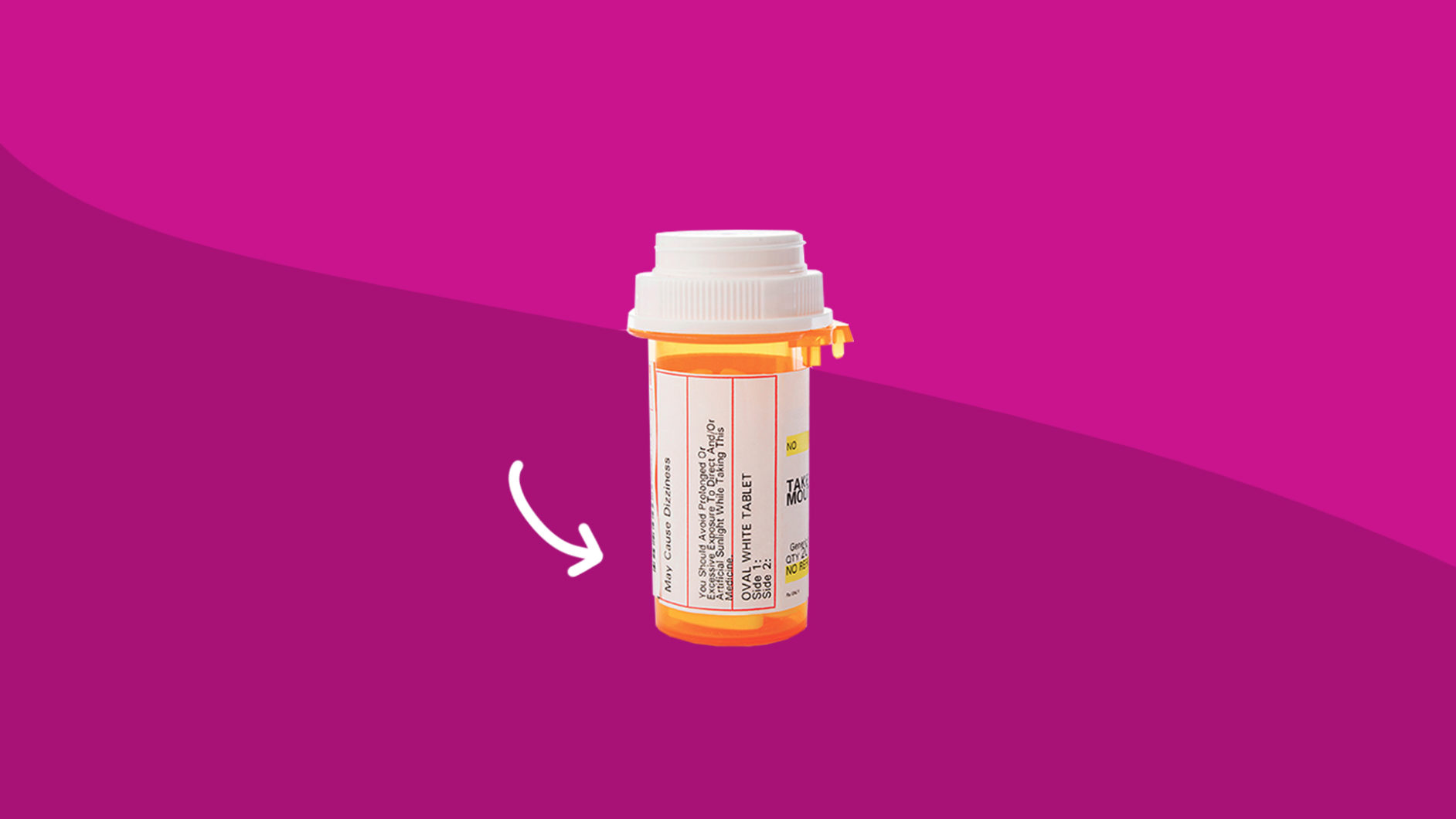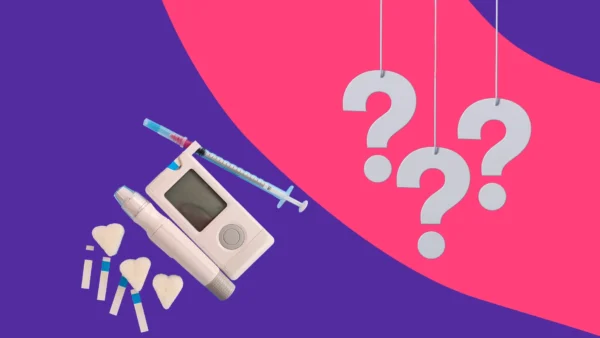There are always risks when taking drugs—whether they are prescription or over-the-counter medications. Side effects can range from mild complications, such as fatigue or constipation, to severe or even life-threatening reactions. As unlikely as they are—only a small minority of patients experience adverse effects—even hearing about possible hazards can make people feel anxious and distressed. As a pharmacist, you have to fully understand, and clearly explain the potential risks to everyone who picks up a prescription.
How do you explain side effects without scaring patients?
The good news is there are a number of techniques you can try to reduce fear and stress when you explain the side effects of a medication.
1. Stay calm.
One of the best ways to put patients at ease is to model composure and compassion when speaking to them. It’s important for people to feel reassured, to believe they’re in good hands. “The most effective technique I use is delivering the consult in a calm and direct manner,” explains Peace Uche, Pharm.D, of Hillcrest Pharmacy. “Making eye contact and speaking warmly shows each of my patients that I genuinely care for their well-being,”
2. Explain all the details.
Everything is a little scarier when you don’t know what to expect. It’s why Kelley D. Carlstrom, Pharm.D., BCOP, an oncology pharmacist, takes extra care to paint the full picture of how medications work. “Patients (and humans in general!) are scared of the unknown,” Dr. Carlstrom says. And that fear is only heightened when a patient’s health is on the line.
“I start by discussing why the doctor prescribed this medication and how I expect it to work for that condition,” says Dr. Carlstrom. Clearly explaining how the medication works and may cause side effects can help calm the patient. Knowledge is power, and in this case, empowering. Carlstrom continues, “For example, a common nausea medication used with chemotherapy can cause constipation. I explain that this drug is effective at preventing nausea/vomiting because it blocks a specific chemical in the brain. This chemical also lives in the gut and when it’s blocked there it slows the traffic moving through, causing constipation. Having the full picture of what to expect is reassuring.”
3. Suggest calming techniques.
Remind patients that the medication was specially chosen to make them feel better and return to good health. When patients have bad feelings about a medication, it can trigger the nocebo effect, a phenomenon where negative expectations make the treatment have more negative effects. In other words, fear or worry can make side effects worse. Offer ways to fend off initial anxiety, like taking some deep breaths together, to help patients stay calm and process the information.
RELATED: Anxiety medications and treatment
4. Get to the root of the anxiety.
As with most things medical, the more you know about your patients’ concerns, the more you can help. Encourage them to be honest with you, and ask questions to find out what’s making them nervous. Tell patients, “if you communicate a specific reason why you are anxious (for example, you’re worried about becoming addicted to pain medication), that can help me offer more specific advice and counsel targeted to that specific concern,” suggests Dr. Carlstrom.
5. Remind patients that serious side effects are unlikely.
Of course there are times when patients will become distressed or anxious when they learn about potential side effects, no matter your precautions. When this happens, Richard Harris, M.D., Pharm.D., founder of Great Health and Wellness, reassures the patient that none of the side effects are set in stone or absolutely imminent.
Dr. Harris suggests reiterating that few medications result in permanent complications when taken as prescribed. “I let them know that we are covering a wide range of possibilities and none of them may actually happen. Also, that few medications when used properly lead to permanent or terminal side effects.”
6. Focus on the positives.
Dr. Uche agrees and recommends highlighting the benefits of the medication. “I reassure them of the rareness of the potential side effects , and review the direct benefit of the medication over the potential side effects,” she explains.
Patients who are worried about adverse effects are less likely to take their medications. By taking the time to soothe their fears, you’re making sure they’ll be feeling better, sooner.











